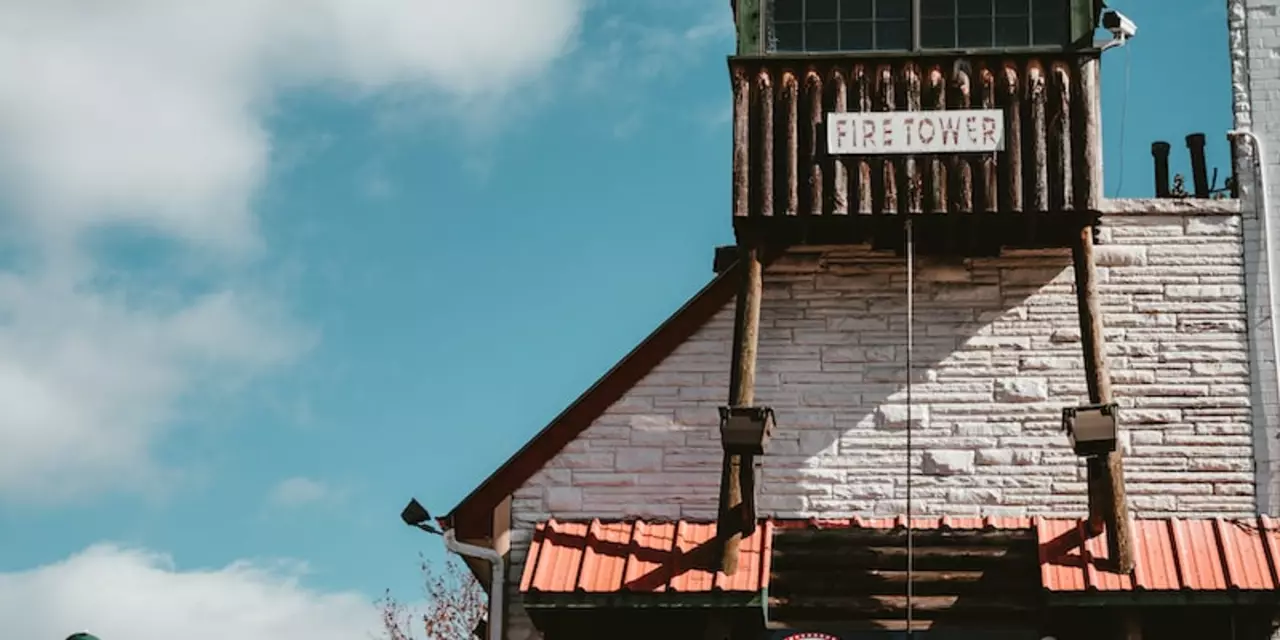British Royalty and Nobility: Modern Dukes, Earls and More
When you hear the words "duke" or "earl" you might picture castles, grand balls, and ancient power. Today the picture is a lot more down‑to‑earth. The titles still exist, but the world around them has changed dramatically. If you’re curious about who holds these titles now and what they actually mean, you’re in the right place.
Do Dukes and Earls Still Exist?
Yes, there are still dukes and earls in England. The British peerage system lists over a hundred dukes and hundreds of earls. Most of them inherited their titles through family lines that go back centuries. While they no longer sit in the House of Lords by default, many still own historic estates, support charitable work, or run family businesses.
Take the Duke of Norfolk, for example. He holds the premier dukedom in England and still carries some ceremonial duties, like acting as Earl Marshal during royal events. Or look at the Earl of Derby, a title that dates back to the 12th century, now attached to a family involved in horse racing and philanthropy.
These titles are more about heritage than political power. You won’t see a duke voting on laws or a lord commanding troops. Instead, the title is a badge of history, often used in social settings, charity galas, and sometimes in business branding.
How the Titles Work Today
Understanding the modern peerage starts with the five ranks: duke, marquess, earl, viscount and baron. Dukes sit at the top, followed by marquesses, then earls. Each rank comes with a formal style – "His Grace" for a duke, "The Right Honourable" for an earl, and so on.
Most titles are hereditary, passing to the eldest son (or, after recent reforms, to the next eligible heir). Some titles become extinct if there’s no heir, while others can be revived by the Crown. A small number of people have been granted life peerages, which end with the holder’s death and don’t pass to children.
In everyday life, many title‑holders keep low‑key jobs. You’ll find dukes working in finance, earls managing farms, and barons running tech startups. Their titles may open doors, but they still need a career to support themselves.
So, if you’re wondering whether UK nobility is just a relic, the answer is both yes and no. The titles are real and recognized, but the power that used to back them has shifted to modern institutions. What remains is a blend of tradition, community involvement, and personal ambition.
Next time you see a headline about "the Duke of Cambridge" or "the Earl of Wessex," remember it’s not just a name – it’s a living link to centuries of history, now adapted to the 21st‑century world.
Are there still dukes and earls in England?
The British nobility system is one of the oldest in the world, and it still exists today. There are five ranks of nobility in the UK: Duke, Marquess, Earl, Viscount and Baron. Dukes and Earls are the highest ranking of these titles. Dukes and Earls are still in existence, though their power and influence have greatly diminished. Although they no longer have any political power, they still retain their titles and are considered a part of the aristocracy. There are currently over 100 Dukes and Earls in England, many of whom are related to the British royal family.
